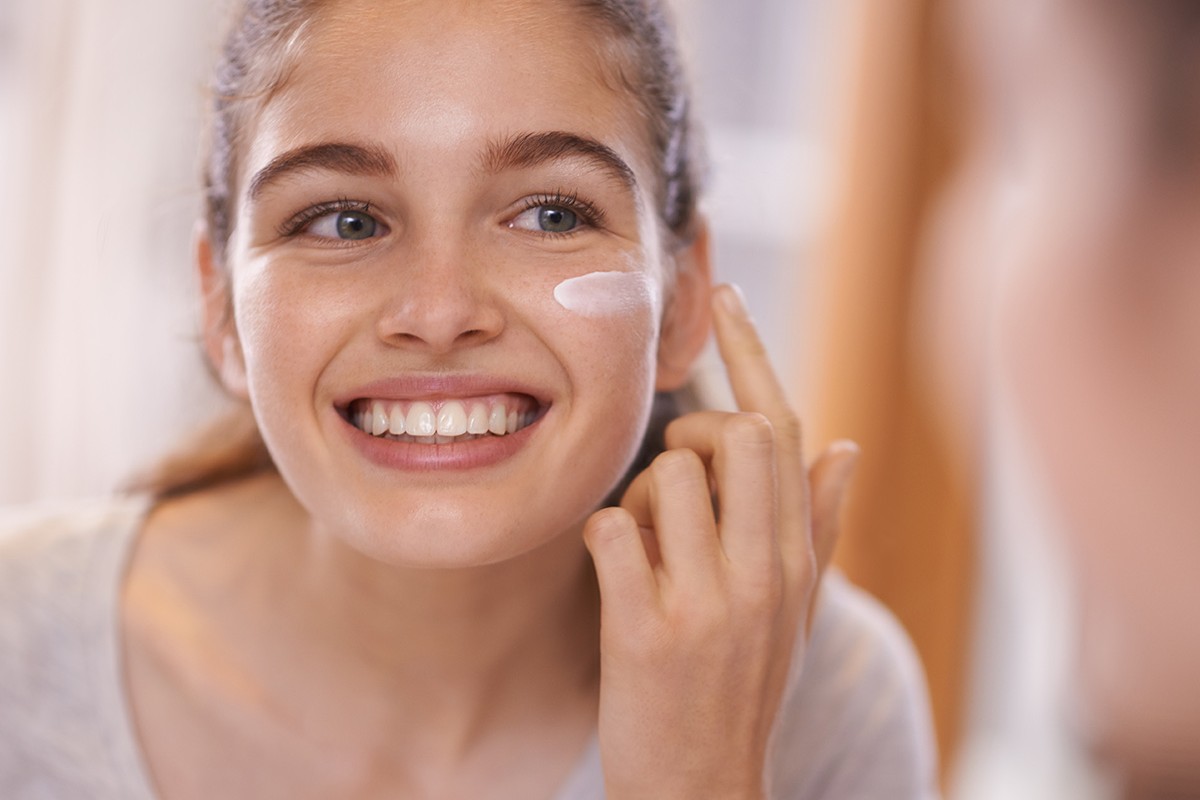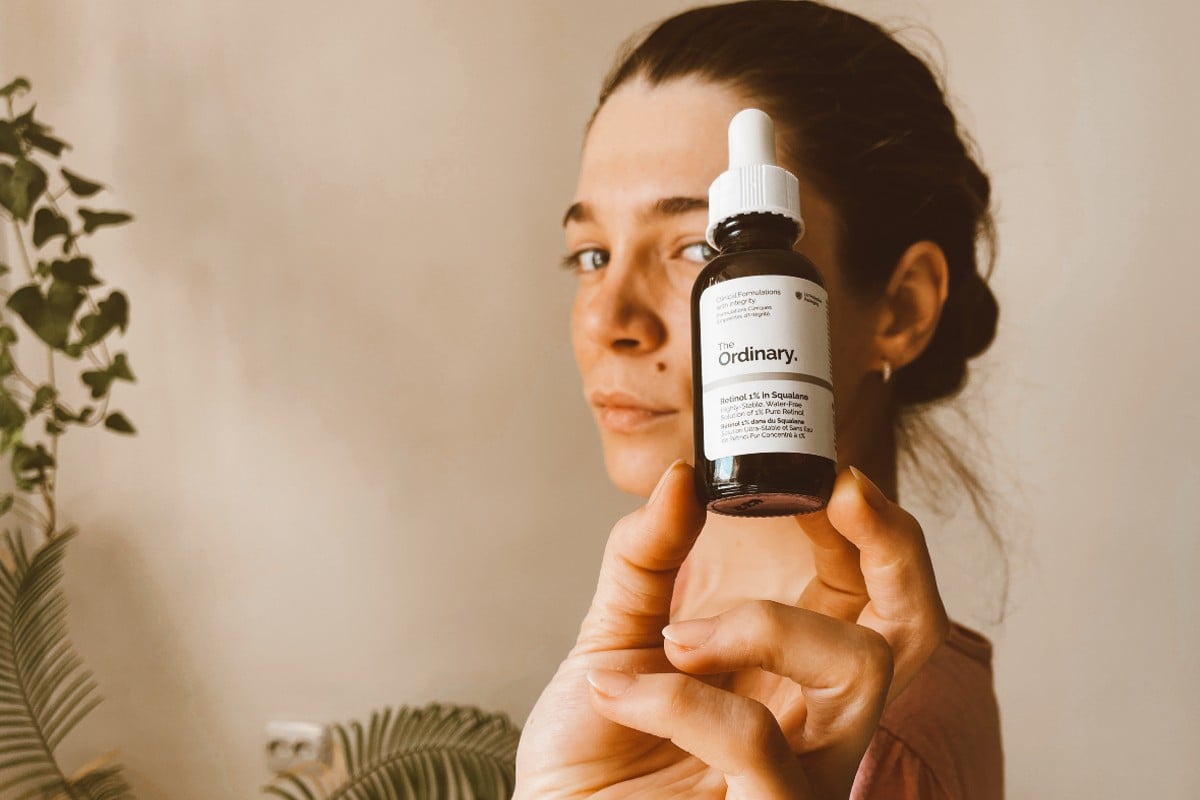Table of Contents

Salicylic acid is in truth a match-changer for battling acne, unclogging pores, and keeping excess sebum at bay. But what if your pores and skin finds it too hard to tolerate? It turns out salicylic acid can be fairly drying and annoying, especially when formulated at concentrations of 2% (the greatest allowed in OTCs) and at a pH of 3-4 — the selection wherever it expresses its best added benefits.[1][2][3] And although somewhat drying out the pores and skin is fantastic for healing pimples, the challenge is when you experience too much dryness and redness immediately after making use of your salicylic acid serum. It may sound backward, but a dehydrated complexion can direct to additional sebum created by the sebaceous glands, which in convert can clog the pores and lead to breakouts. This is why it is very important to use a moisturizer right after salicylic acid so that you retain your pores and skin well balanced.
Now preserve scrolling to master what type of moisturizer works ideal to counteract the drying effects of salicylic acid and how to use it to get the most out of your exfoliating remedy.
Why you should really moisturize right after utilizing salicylic acid
It is important to moisturize immediately after employing salicylic acid, in particular if your skin gets dehydrated as a response to exfoliants. Because the cure may possibly parch the pores and skin, applying a regenerative moisturizer helps reduce the probabilities of salicylic acid resulting in dryness even though supporting therapeutic. Besides, when utilized just after salicylic acid, the moisturizer penetrates additional proficiently in the pores and skin layers simply because it’s no more time hindered by the buildup of useless cells and sebum your exfoliant just cleared off. And anyway, any great skincare regime ends with the moisturizer — no make a difference what you implement before — so you virtually have no reason to doubt if employing a moisturizer following salicylic acid is regardless of whether or not a superior strategy.
What type of moisturizer to use following salicylic acid
After salicylic acid, it’s very best to use a reparative moisturizer with a non-comedogenic and light-weight formula that aids in hydrating the skin and supporting regeneration. As such, glance for moisturizers made up of hyaluronic acid, glycerin, niacinamide, peptides, fatty acids, and ceramides. Hyaluronic acid and glycerin are humectants that pull h2o from the atmosphere into the pores and skin, so they are both good for rising hydration after using salicylic acid. On the other hand, peptides work to rebuild and restore pores and skin cells, although niacinamide, fatty acids, and ceramides reinforce the protective barrier. In other text, they are all a will have to in your moisturizer.
Similarly significant is to keep away from weighty occlusives like shea butter and petrolatum, as they can come to feel greasy, clog pores, and even make salicylic acid much more intense by improving its absorption energy.[4] As a substitute, use dimethicone or squalane due to the fact they’re great for locking in dampness and lessening drinking water reduction with no clogging pores and feeling greasy. They’re also the most encouraged occlusives for delicate and acne breakouts-vulnerable pores and skin.[5] Very last but not the very least, steer crystal clear of products that contains strong actives these types of as other exfoliants, retinol, or benzoyl peroxide.
Never be concerned. You don’t have to scour the entire internet to locate a suitable formula given that we now did the analysis and observed the best salicylic acid moisturizers to use after salicylic acid. Consider a glance and choose your favourite. There is a components for every skin have to have.
How lengthy should really you hold out to use moisturizer following salicylic acid?
Immediately after employing salicylic acid, it’s finest to wait around for 10 to 20 minutes prior to making use of the moisturizer so that the two products and solutions never interfere with each individual other. You may perhaps as effectively use the moisturizer ideal immediately after salicylic acid, but that can influence the exfoliation course of action and make the therapy function slower.
However, if your pores and skin is unusually dry even following you moisturize, discontinue the use of exfoliants for a 7 days or so. This could be a indicator of over-exfoliation, dehydration, or compromised pores and skin barrier and require to be tackled asap. Luckily, we’ve bought your again on that as well.
Sources
Women’s Ideas works by using trustworthy resources, like dermatologists’ insights, medical trials, and scientific journals, to discover accurate details and guidance all the points shared in our posts. All statements and promises have obvious and legit references. Read our editorial policy to understand extra about our resources of details, our procedure of investigating and fact-checking the articles, and how our workforce strives to keep all content updated, done, and reputable.
- Rhein L, Chaudhuri B, Jivani N, Fares H, Davis A. Qualified delivery of salicylic acid from acne breakouts therapy products and solutions into and by way of pores and skin: position of solution and ingredient qualities and relationships to irritation. J Cosmet Sci. 2004 Jan-Feb, https://pubmed.ncbi.nlm.nih.gov/15037921/
- Madan RK, Levitt J. A evaluate of toxicity from topical salicylic acid preparations. J Am Acad Dermatol. 2014 Apr, https://pubmed.ncbi.nlm.nih.gov/24472429/
- Chularojanamontri L, Tuchinda P, Kulthanan K, Pongparit K. Moisturizers for Zits: What are their Constituents? J Clin Aesthet Dermatol. 2014 May perhaps, https://www.ncbi.nlm.nih.gov/pmc/posts/PMC4025519/
- Zhai, Hongbo & Maibach, Howard. (2001). Skin occlusion and irritant and allergic call dermatitis: An overview, https://www.researchgate.internet/publication/12072943
- Chularojanamontri L, Tuchinda P, Kulthanan K, Pongparit K. Moisturizers for Pimples: What are their Constituents? J Clin Aesthet Dermatol. 2014 Might, https://www.ncbi.nlm.nih.gov/pmc/content/PMC4025519/






